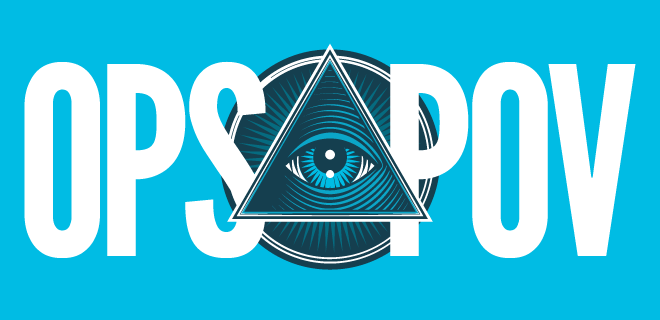
Operational complexity doesn’t strike overnight. It builds quietly through small inefficiencies until it threatens revenue, reputation, and team performance.
There’s a phrase worth remembering: “Prevention prevents damage.” In ad operations, early recognition enables strategic fixes, while ignoring the warning signs risks both reputational and financial damage.
Operational complexity in media agencies doesn’t emerge overnight. It creeps in gradually, one new tool, one manual workaround, one more spreadsheet. By the time leadership recognizes the cracks, teams are often already bogged down in inefficiencies that directly impact productivity, margins and client satisfaction.
According to MoEngage’s 2025 Omnichannel Marketing Statistics, 51.6% of B2C marketers say seamlessly executing omnichannel communication is their second-biggest challenge. For agency leaders, the question isn’t whether complexity exists; it’s whether you’re catching it early enough to fix it.
Watch out for these 10 warning signs.
When Speed Becomes a Liability
1: Campaign launch delays: If planning and trafficking consistently take more than 24 hours from concept to activation, you’ve got a velocity problem. Multi-channel campaigns that require extensive manual coordination don’t just frustrate clients. They cost you revenue opportunities.
2: Reporting lag: When performance insights arrive 24-48 hours (or more) behind real-time, you’re playing catch-up. Delayed data prevents proactive optimization, reduces campaign performance and creates client satisfaction issues.
Financial Warning Signs
3: Reconciliation and billing nightmares: Your monthly close cycle is the canary in the coal mine. If it extends beyond five business days, you’re facing cash flow impacts, reduced margin visibility and potential trust issues with clients.
4: The spreadsheet explosion: Critical business data living in five or more spreadsheets is a version control nightmare. Data fragmentation increases error rates, prevents real-time decision-making and puts revenue at risk.
5: Error rate escalation: When manual errors impact more than 1% of your campaigns, you’re in dangerous territory. Operational errors require expensive makegoods, damage client relationships and reduce margins. More importantly, they signal that your processes can’t keep pace with volume.
Technology Debt Is Mounting
6: The “Swivel Chair” effect: Teams toggling between three or more systems throughout their day face constant context switching. This reduces productivity, increases error rates and burns out operational staff. The cognitive load of managing multiple platforms creates invisible drag on your entire operation.
7: The integration gap: When adding new advertising channels requires one to two weeks (or more) of setup and workflow adjustments, channel expansion becomes a barrier to growth rather than an opportunity. If new channels demand custom workarounds and temporary manual processes, your infrastructure is actively limiting your business development.
The People Problem
8: The hiring treadmill: Perhaps the most insidious sign, adding headcount without proportional revenue growth. When operational complexity requires constant firefighting, new hires get absorbed into maintaining inefficient processes rather than driving growth. If your revenue per employee is declining, you’re scaling complexity instead of capability.
9: Tribal knowledge problem: When critical business processes exist only in team members’ heads, operations become fragile and scaling becomes impossible. Incomplete or outdated documentation creates bottlenecks when key individuals are unavailable and puts your entire operation at risk during transitions.
10: The scale ceiling: Healthy operations should scale in a relatively linear manner with volume. When even 20-30% increases in workload create disproportionate stress, missed deadlines and visible team strain, your operational foundation needs immediate attention.
Leading Agencies Are Proactive
The good news? Forward-thinking agencies are addressing these warning signs. Agencies that have tackled operational complexity report cutting campaign launch times by 65% through intelligent automation, reducing manual errors by 75% with automated quality controls and closing books 50% faster using streamlined reconciliation processes.
The most successful are achieving 30-40% improvements in team productivity by consolidating fragmented workflows and eliminating the swivel-chair effect. These are fundamental transformations in how agencies operate.
Operational complexity is a silent growth killer. It doesn’t announce itself with fanfare; it accumulates quietly until the damage is already done. The question for agency leaders is: are you willing to acknowledge it before it becomes a crisis?